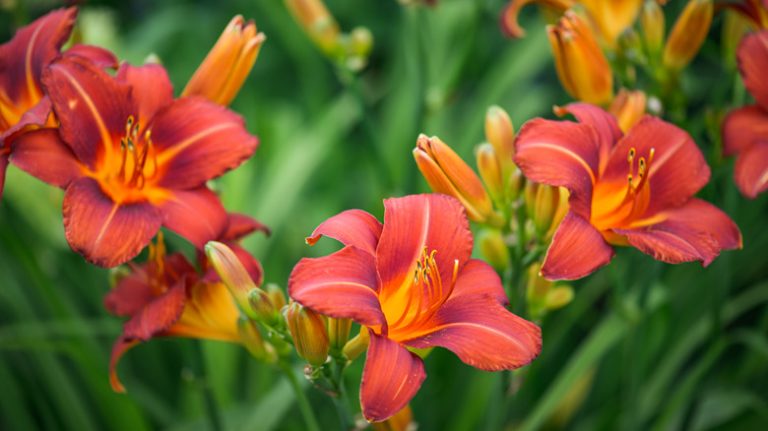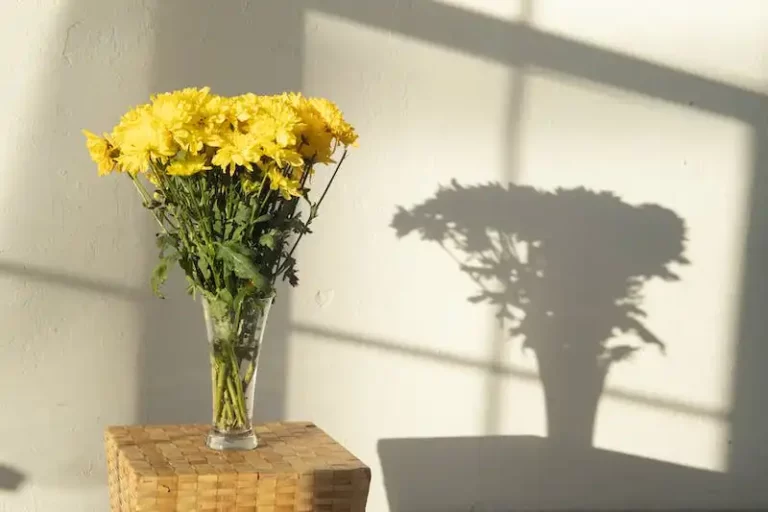When it comes to adding harmony and elegance to your flower garden, irises can be your perfect guide. With their vibrant colors and stunning blooms, they are a must-have for any garden.
There are many different types of irises that you can choose from, depending on your preferences and the conditions of your garden. Some popular varieties include the bearded iris, dwarf iris, and Siberian iris.
The bearded iris is a tall and showy plant that can reach up to 3 feet in height. It has beautiful blooms in a variety of colors, including blue, purple, and yellow. The dwarf iris, on the other hand, is a short and compact plant that looks great in rock gardens or at the front of borders. Siberian irises have graceful foliage and bloom in early summer, adding a touch of elegance to any garden.
Irises belong to the iridaceae family and the genus iris, which includes over 200 species. One of the top types of irises is the Iris hexagona, also known as the Mississippi iris. It has stunning blueberry-colored blooms and can be found in zones 6 through 9. Another popular type is the Iris germanica, which is commonly used in landscaping due to its large and colorful flowers. It comes in a wide range of colors, from bright yellows and oranges to delicate pastels.
When it comes to planting irises, it’s important to choose the right location and prepare the soil properly. Irises thrive in full sun and well-drained soil, so make sure to find a sunny spot in your garden. Dig a hole that is wide and shallow, and add compost or organic matter to the soil to improve drainage and fertility.
Irises can be planted in the spring or fall, depending on the variety. Bearded irises are usually planted in the summer months, while Siberian irises are best planted in the fall. When planting irises, make sure to space them properly and plant them at the right depth. The rhizome should be just above the soil surface, and the roots should be spread out in a fan shape. Water the newly planted irises well, and keep the soil moist until they establish.
One important tip for growing irises is to check for iris borers, which can damage the roots and foliage. These pests are common in many areas and can be a serious problem if not controlled. Make sure to inspect your irises regularly for any signs of borers, such as discolored foliage or wilting plants. If you spot any borers, remove them immediately and dispose of them to prevent further damage.
In conclusion, irises are a beautiful addition to any flower garden. With their wide range of colors and stunning blooms, they can bring a touch of elegance and color to your outdoor space. Whether you choose the tall and showy bearded irises or the graceful Siberian irises, you’ll be sure to create a stunning display that will last for months. So don’t miss out on the chance to join the iris gamecock and plant some of these top types of irises in your garden!
Types of Irises: A Guide to Iris Classification and Flowering Sequence
Irises are a top choice for gardeners looking to add showy flowers to their flower beds. These beautiful blooms come in a variety of types, each with its own unique characteristics and flowering sequence. Whether you’re a seasoned gardener or just starting out, understanding the different types of irises can help you plan and create stunning floral arrangements in your garden.
One popular type of iris is the bearded iris, known for its tall flowering stalks and colorful blooms. These irises are often naturalized and can bloom in a wide range of colors, making them a favorite among many gardeners. They are also known for their long blooming season, which can vary depending on the zone and growing conditions.
Another popular type of iris is the Japanese iris, which is prized for its large and showy flowers. These irises are often planted near ponds or other areas with plenty of moisture, as they are native to wetlands and marshes. Japanese irises bloom later in the season, usually in late spring or early summer, and can add a touch of elegance to any garden.
Dwarf irises, on the other hand, are smaller in stature but no less stunning. These compact perennials are perfect for smaller gardens or for planting at the front of flower beds. Despite their size, dwarf irises come in a wide range of colors and can bloom just as beautifully as their taller counterparts.
For those looking to add a touch of royalty to their garden, the royal iris is a fantastic choice. These regal flowers are known for their tall flowering stalks and rich, vibrant colors. Royal irises can bloom in shades of purple, blue, yellow, and white, and are sure to make a statement in any garden.
The Louisiana iris is another type that deserves attention. Native to the southern United States, these irises can tolerate high heat and humidity. They are often planted in groups or by themselves to create eye-catching displays. Louisiana irises come in a variety of colors, from bright pink to deep purple, and their unique flowers are sure to impress.
Finally, the Siberian iris is a versatile plant that can thrive in a wide range of growing conditions. These irises have stunning blue or purple flowers and can adapt to both wet and dry soil. Siberian irises are also known for their resistance to iris borers, making them a popular choice for gardeners in the north.
When it comes to growing irises, there are a few key tips to keep in mind. First, it’s important to plant irises in well-drained soil, as they don’t like to have wet feet. Adding compost or other organic matter to the soil can help improve drainage and provide nutrients for the plants. It’s also a good idea to check for iris borers, which can damage the roots and leaves of the plants. Regularly inspecting your irises for signs of borers and taking appropriate action can help ensure their health and longevity.
So whether you’re a seasoned gardener or just starting out, consider adding some of these top types of irises to your flower beds. With their stunning flowers and variety of colors, irises are sure to bring beauty to your garden all season long.
Classifications
Iris flowers can be classified into various categories based on their characteristics and growth habits. Understanding these classifications can help gardeners choose the right irises for their flower beds. Here are some of the top types of irises:
1. Bearded Irises: These are the most popular and widely planted irises. They come in a variety of colors and sizes, with a distinctive “beard” on each fall. Bearded irises bloom in late spring to early summer and can withstand heat well. They’re naturalized in border plantings and are customer favorites in our shop.
2. Siberian Irises: These irises are easy to grow and bloom in the early summer months. They have slender leaves and delicate flowers that come in shades of blue, purple, and white. Siberian irises are often used in garden borders and provide a beautiful backdrop for other plants. They’re also known for their excellent disease resistance.
3. Spuria Irises: Spurias are tall irises that bloom in late spring and early summer. They have large, colorful flowers that resemble orchids. Spurias grow well in hot climates and are often used in xeriscape plantings. They prefer well-drained soil and require minimal care.
4. Ensata Irises: Also known as Japanese irises, Ensatas are the tallest of all irises. They bloom in early summer and their large, elegant flowers come in shades of purple, lavender, and white. Ensata irises are often planted near ponds or water features, as they thrive in moist soil.
5. Dwarf Bearded Irises: These miniature irises are perfect for small gardens and containers. They have all the elegance and beauty of bearded irises but in a compact size. Dwarf bearded irises come in a variety of colors, including yellow, purple, and white. They bloom in late spring and early summer.
6. Aril Irises: Aril irises are a unique classification of irises known for their colorful patterns and fuzzy foliage. They’re a cross between bearded irises and desert-dwelling irises. Aril irises bloom in the spring and fall, and they require well-drained soil and minimal water.
7. Louisiana Irises: These native irises are well-suited to the southern United States. They bloom in late spring and early summer and come in a variety of colors, including shades of blue, purple, and yellow. Louisiana irises are often used in wetland gardens and can add a splash of color to any landscape.
8. Pacific Coast Irises: These irises are native to the west coast of the United States and are known for their hardiness and spectacular blooms. Pacific coast irises come in a wide range of colors, including orange, pink, and purple. They’re often planted in rock gardens or slopes, where they can thrive in well-drained soil.
9. Miniature Dwarf Bearded Irises: As the name suggests, these irises are the smallest of the dwarf bearded irises. They bloom in late spring to early summer and come in a variety of colors. Miniature dwarf bearded irises are perfect for small gardens or rockeries, where they can be showcased for their beauty.
These classifications represent just a small portion of the many iris varieties available. Each classification has its own unique characteristics and requirements, so it’s important to do some research and choose the ones that will best suit your garden and climate. Whether you prefer the elegance of bearded irises or the colorful blooms of Louisiana irises, there’s an iris variety out there that will bring beauty and joy to your garden.




